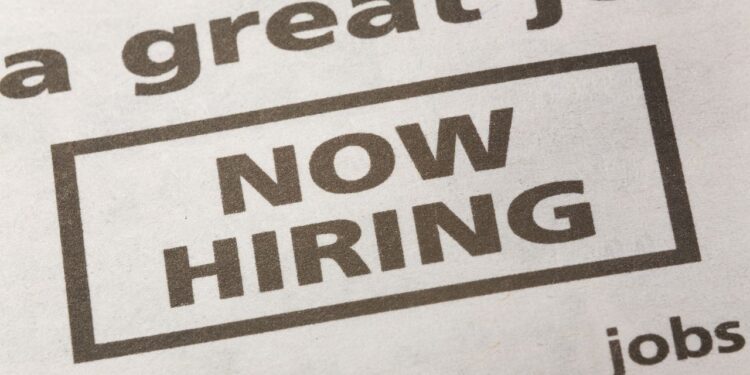According to the Bureau of Labor Statistics, job growth will likely slow in the new year after unprecedented growth in 2022.
In November, the U.S. added 4.31 million jobs, much to the surprise of analysts and experts alike. However, incoming data suggests that payrolls will slow as the threat of a recession inches closer to reality.
There are many factors that come into play here, including the Federal Reserve pausing its historical interest rate hikes, the pace of inflation, wage growth and labor demand.
Worst case scenario, officials suggest that unemployment will rise by one percentage point this year, still on the low-end. However, this could be the tipping point that makes an economic downturn inevitable.
This varies depending on the industry, too. For instance, those working within remote-able roles, such as lawyers and engineers, saw their payrolls grow by almost 1 million since February of 2020.
However, front-line workers — teachers, grocery store clerks and others — have seen unprecedented levels of burnout since the onset of the pandemic, leading to massive labor shortages within these industries.
The attempt at pre-pandemic normalcy in the face of post-pandemic circumstances seems to be the source of challenges in the workforce. Without taking into consideration external factors, industries that refuse to adapt will likely continue to see their retention rates dwindle in the coming years.


 Dr. Gleb Tsipursky – The Office Whisperer
Dr. Gleb Tsipursky – The Office Whisperer Nirit Cohen – WorkFutures
Nirit Cohen – WorkFutures Angela Howard – Culture Expert
Angela Howard – Culture Expert Drew Jones – Design & Innovation
Drew Jones – Design & Innovation Jonathan Price – CRE & Flex Expert
Jonathan Price – CRE & Flex Expert











